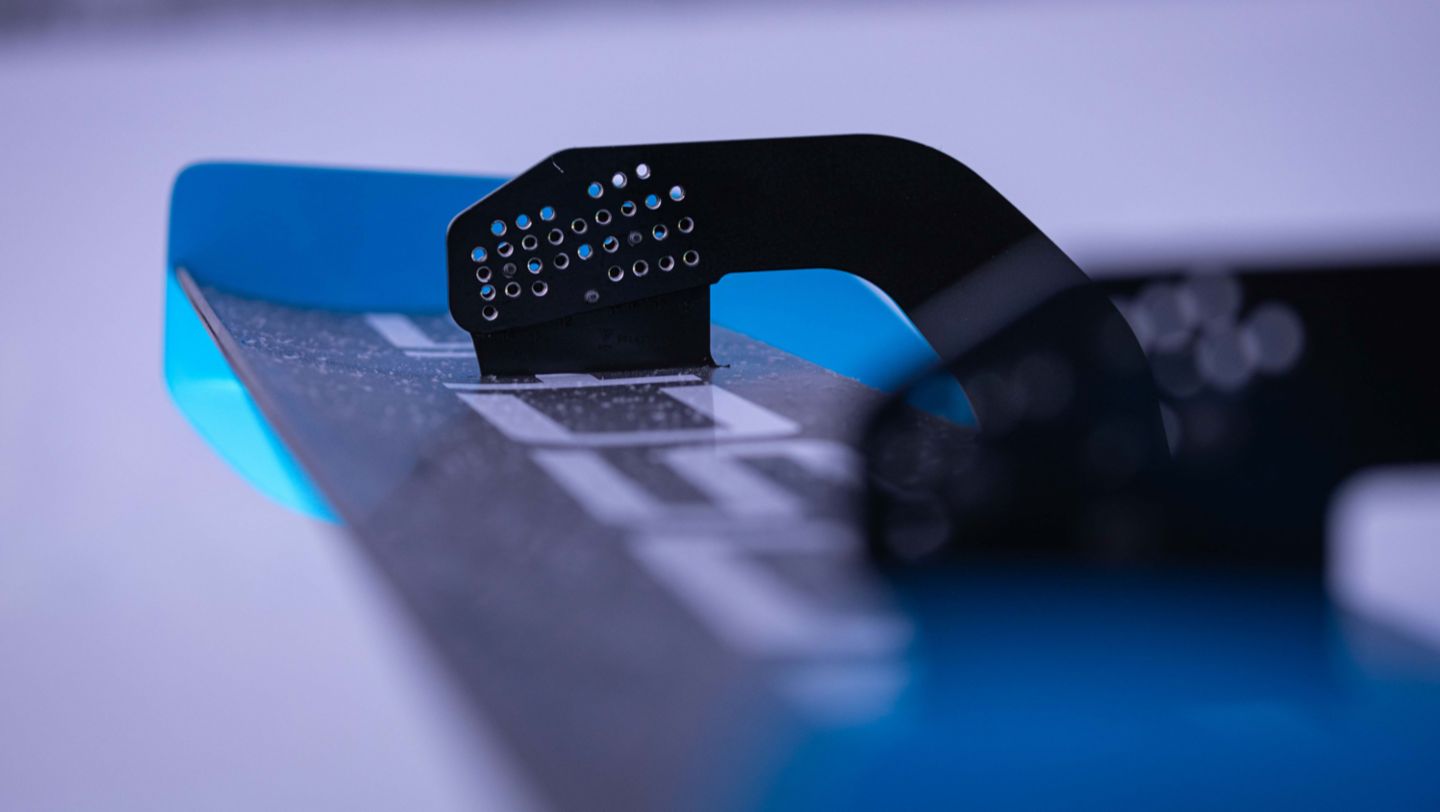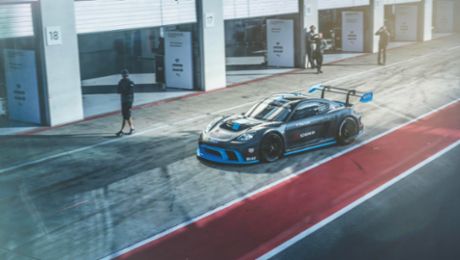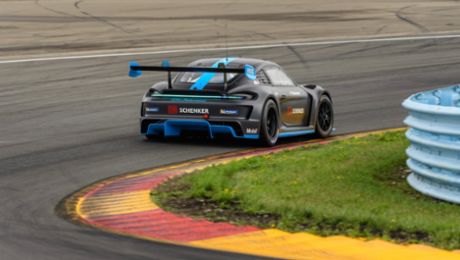Drifting an experimental 800 kW (1,088 hp) all-electric race car between the pine trees of a remote Finnish forest is not everyone’s idea of market research. But then not everyone thinks like Oliver Schwab and Björn Förster. In late December 2023, about 170 kilometre north of the Arctic Circle in Levi, Finland, these two key figures behind the Porsche GT4 e-Performance development programme oversaw an unusual and unforgettable media event that would form another vital fact-finding mission for Porsche’s future vision of customer racing.
For the past 18 months, the all-electric racing car concept has been on a world tour, project managed by Schwab, starting at the Goodwood Festival of Speed in the summer of 2022 before travelling around Europe, the US and Asia. And prior to its arrival in Australia this coming March, in time for an exhibition at the third round of the latest Formula One Grand Prix season, the car diverted to the frozen wilds of northern Finland for some extreme cold weather testing.
This took place at the home of the Porsche Ice Experience. The Porsche Driving Area covers a total area of 422,000 square metres and offers optimal training opportunities in two training areas with a variety of 32 different handling tracks. A fleet of 123 different Porsche models are waiting for 1,350 participants travelling from all over the world to take part in a total of 36 events – starting every January.
Spiked snow tyres
In order to be prepared for a such an environment, the GT4 e-Performance was fitted with spiked snow tyres and longer travel suspension to increase clearance in the wheel arches and beneath the car. The central air intake was blanked off due to the reliably low external temperatures and the chassis was fitted with aluminium underbody protection. But otherwise the GT4 e-Performance required no further alterations, running the same innovative oil-cooled EV powertrain capable of delivering 800 kW or 1,088 hp in qualifying trim.
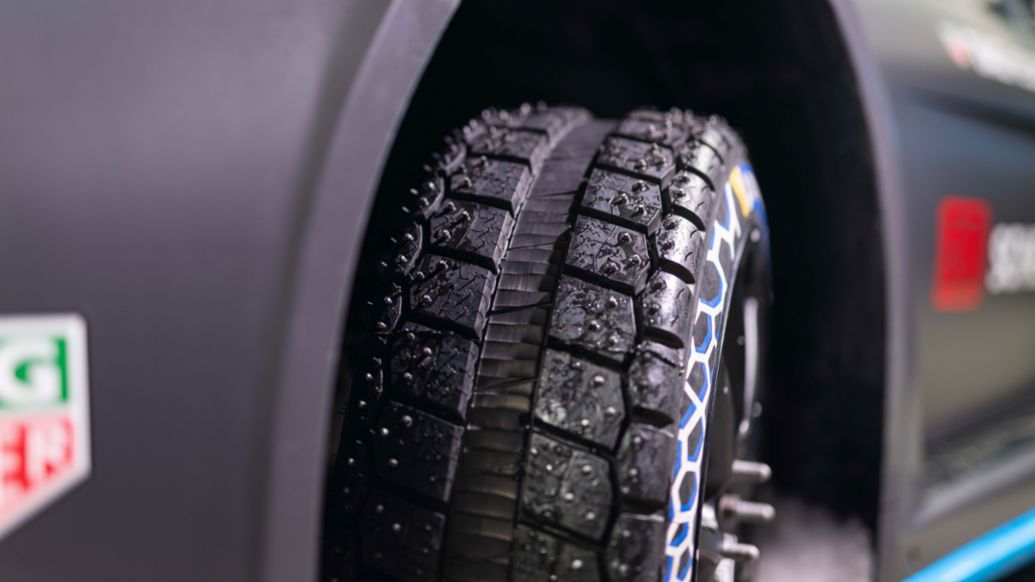
Every stop so far on the GT4 e-Performance tour has brought the team new opportunities to learn about both the car and the wider vision of electrified motorsport. In Levi, a select group of international motoring journalists was invited to explore the car’s dynamic abilities and limits of adhesion on a purpose-built ice circuit. Alongside Le Mans winner and Porsche factory driver Richard Lietz, an integral part of the GT4 e-Performance development team, the group was quickly able to harness the combination of instant torque and all-wheel drive, drifting the car at speed around the tight and technical track.

“Allowing journalists to drive the car enabled us to establish a dialogue with them, to learn about their expectations and emotional responses to the car,” explains Schwab. “The blueprint for development was not only around performance but also the business usability, and events like this offer us a valuable chance to gain more information and market knowledge. For example, if we’re considering a more amateur, club sport skill level for a one-make series in the style of a Porsche Sprint Challenge, we can take away a lot from seeing how quickly these journalists adapt to the car.”
Studying every aspect of the GT4 e-Performance
The event also gave Porsche’s technicians an opportunity to study every aspect of the GT4 e-Performance in a previously unfamiliar setting. “From a technological point of view, the unique conditions of Levi are very interesting,” says Förster. “We’re stepping into a completely new field in terms of this technology and we’re learning something on every event on the tour. In Finland, of course, it was all about the low temperatures, as low as minus 20 during the day at that time of year. But incredibly, we didn’t have any problems. Even fast charging with more than 200 kW just worked, right there on a frozen lake.”
Not only could the car recharge to full capacity in 20 minutes in such conditions, but its unique oil cooling system also allowed it to perfectly regulate the running temperature of the drivetrain, maintaining an optimum 45 degrees Celsius for the best possible performance. For the Levi leg of the tour, Förster and his team also fitted the car with an experimental feature to improve the car’s ability to drift, sending all the power to the rear wheels when both brake and throttle pedals were simultaneously depressed. It took just an hour to implement, another valuable example of how easily and quickly the driving characteristics of EVs can be adapted.
“The grip level on the GT4 e-Performance is very high so you need to be quite brave to slide in on a small track through the woods,” Förster says. “But the car is so controllable and logical to drive, and with this feature pretty soon everyone was confidently drifting it around what is actually quite a complicated course.”
“The perception of the car is very positive”
The responses from the guests were hugely positive, underlining the potential for a sports purpose EV to deliver the right levels of passion and engagement from even the most seasoned enthusiasts. The event is an encouraging milestone on the GT4 e-Performance tour, the principle purpose of which has been to gauge global opinion among potential customer teams and series organisers.
“Alongside the technological and logistical findings of the tour, the overall response from our audience has been overwhelming, wherever we’ve been in the world,” says Schwab. “Around Europe, across North America and then into Asia, the interest is high and the perception of the car very positive. If we didn’t see authentic emotions and a real passion, things that are fundamental to all motorsport activities, it would be concerning. But over the last two years the GT4 e-Performance has demonstrated that we can create that response. And that really motivates us for what lies ahead over the next few years.”


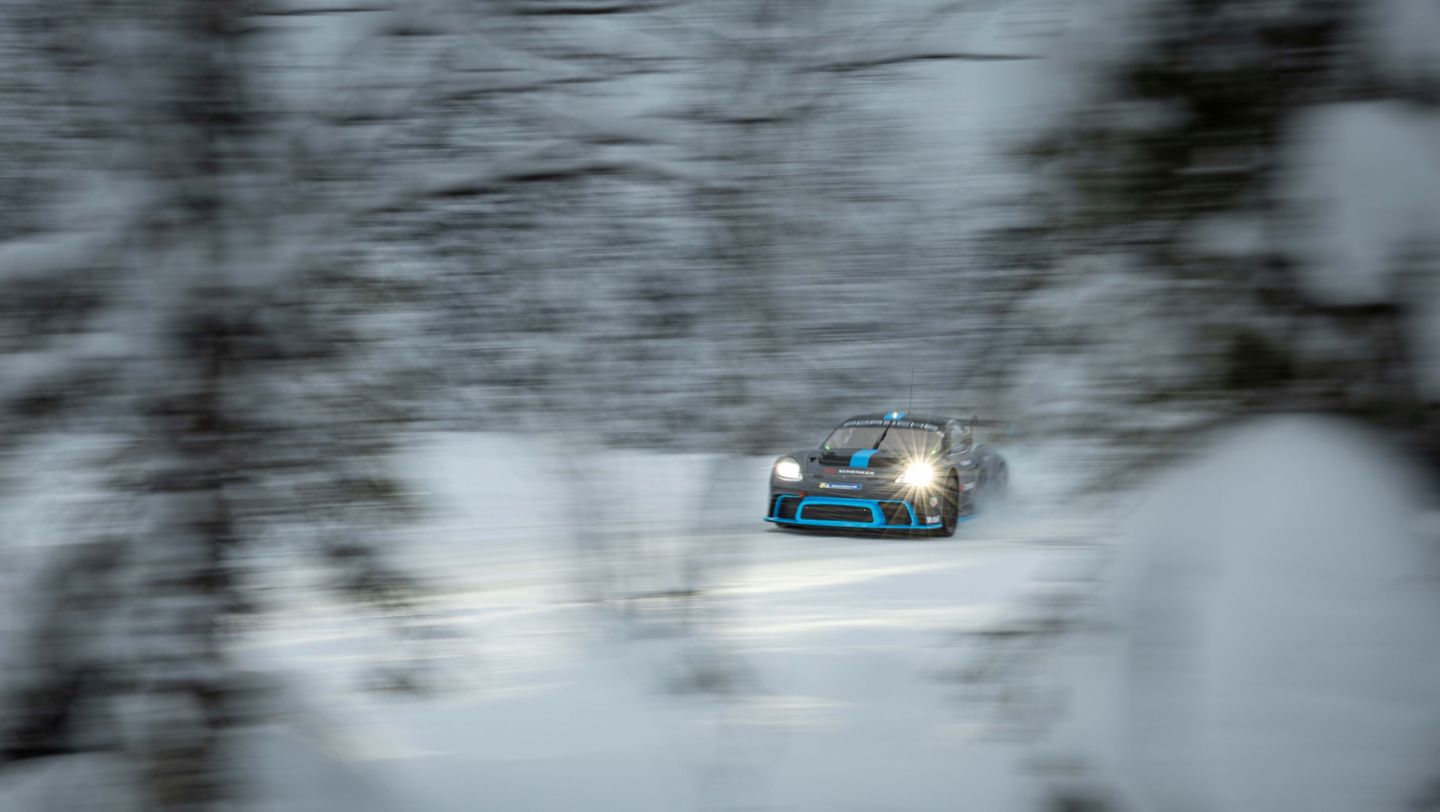
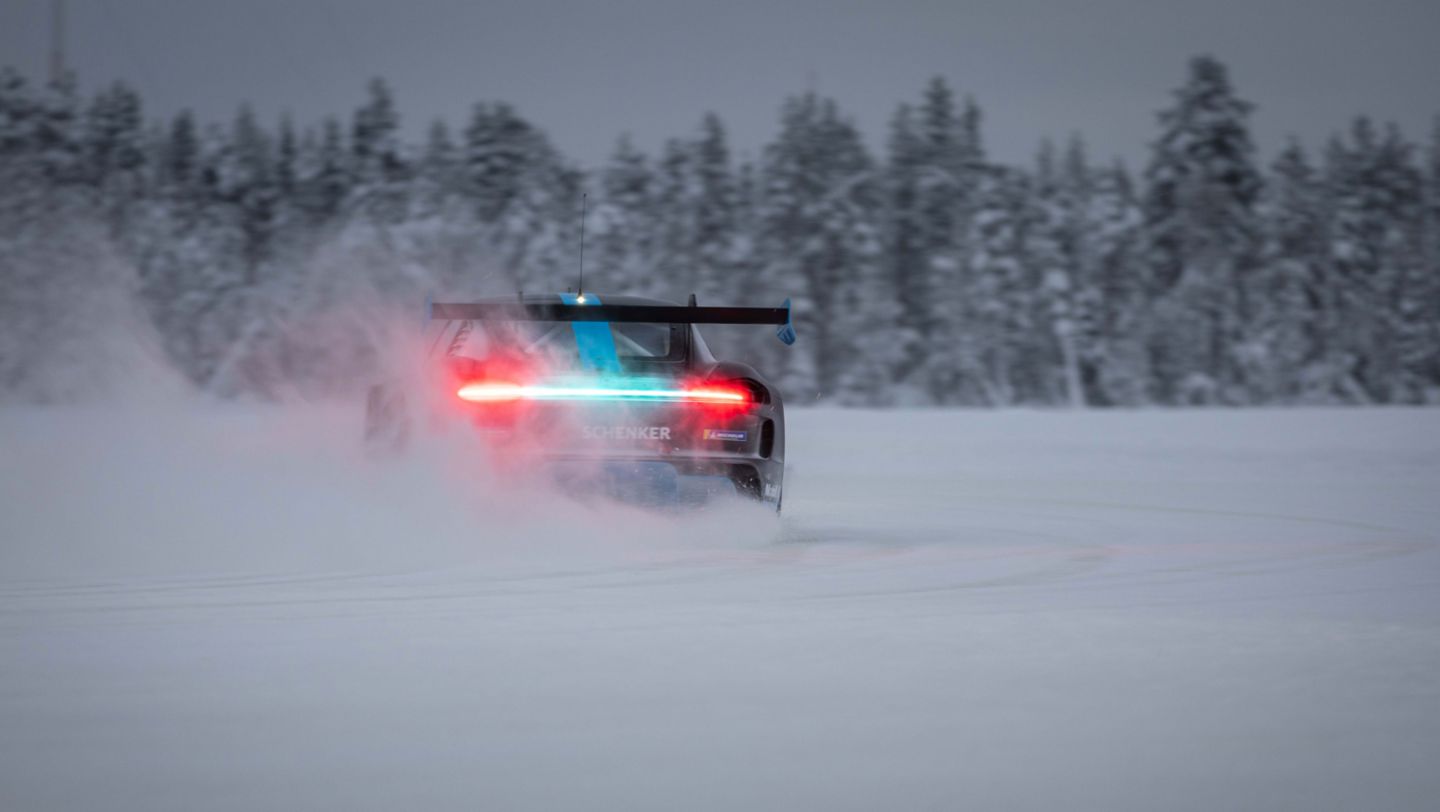
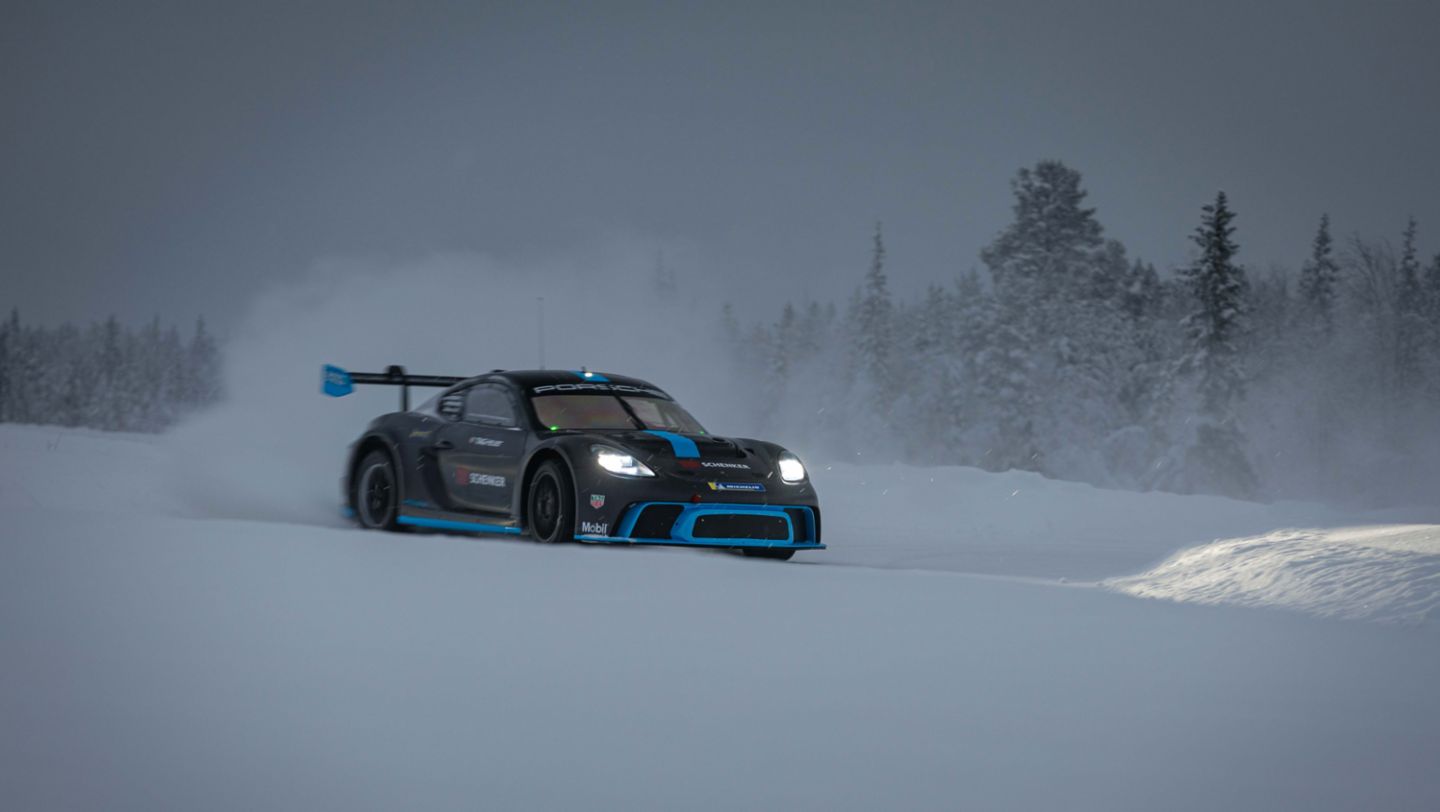
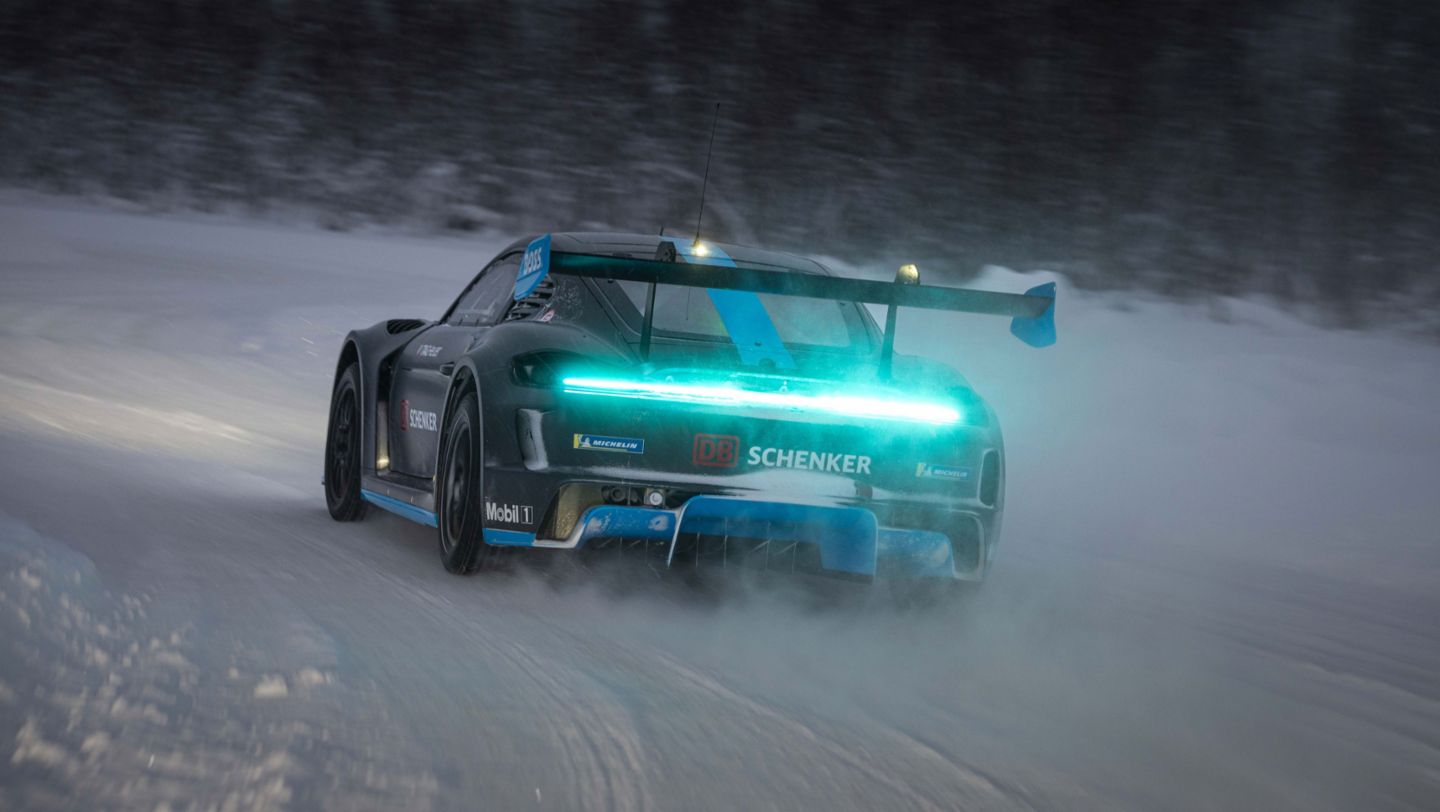
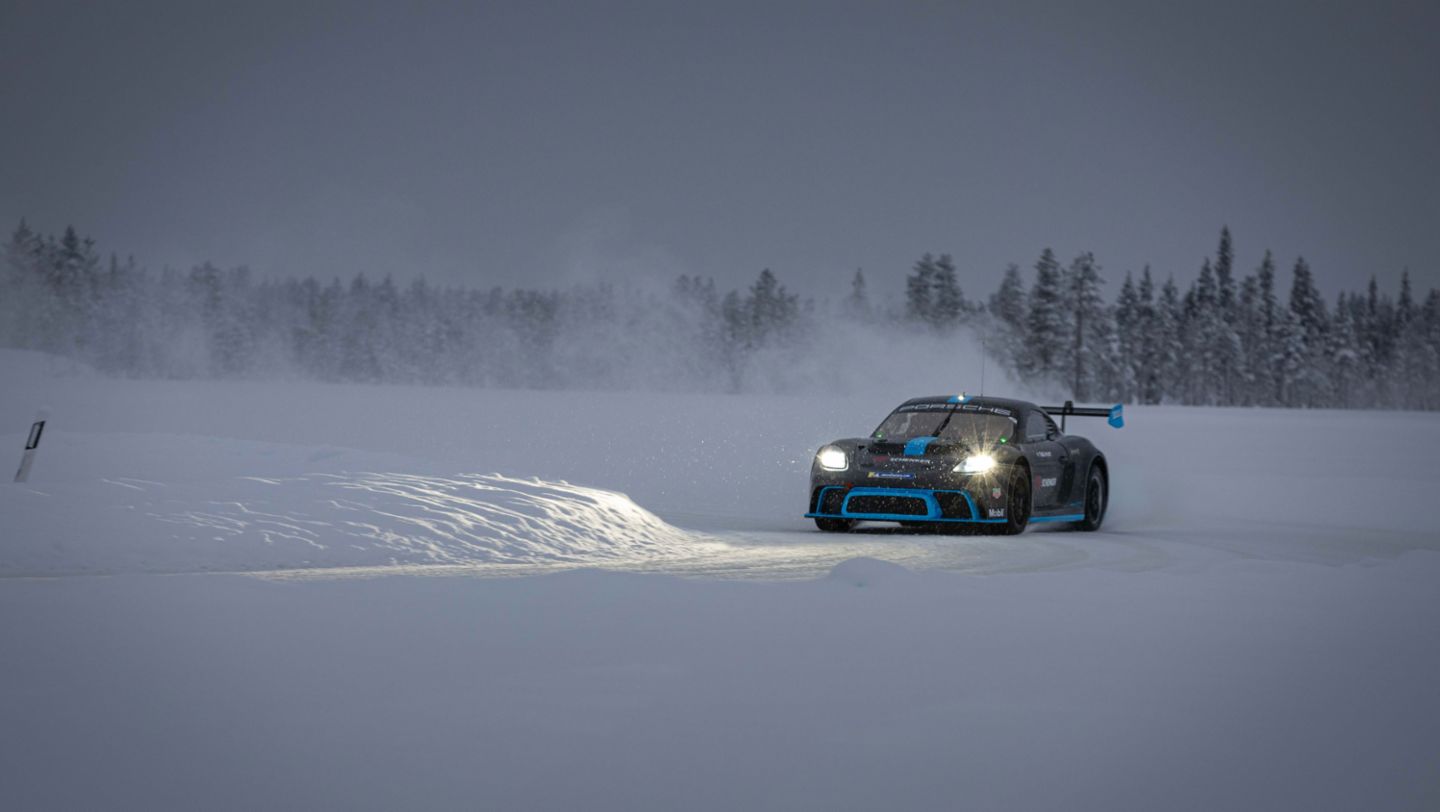
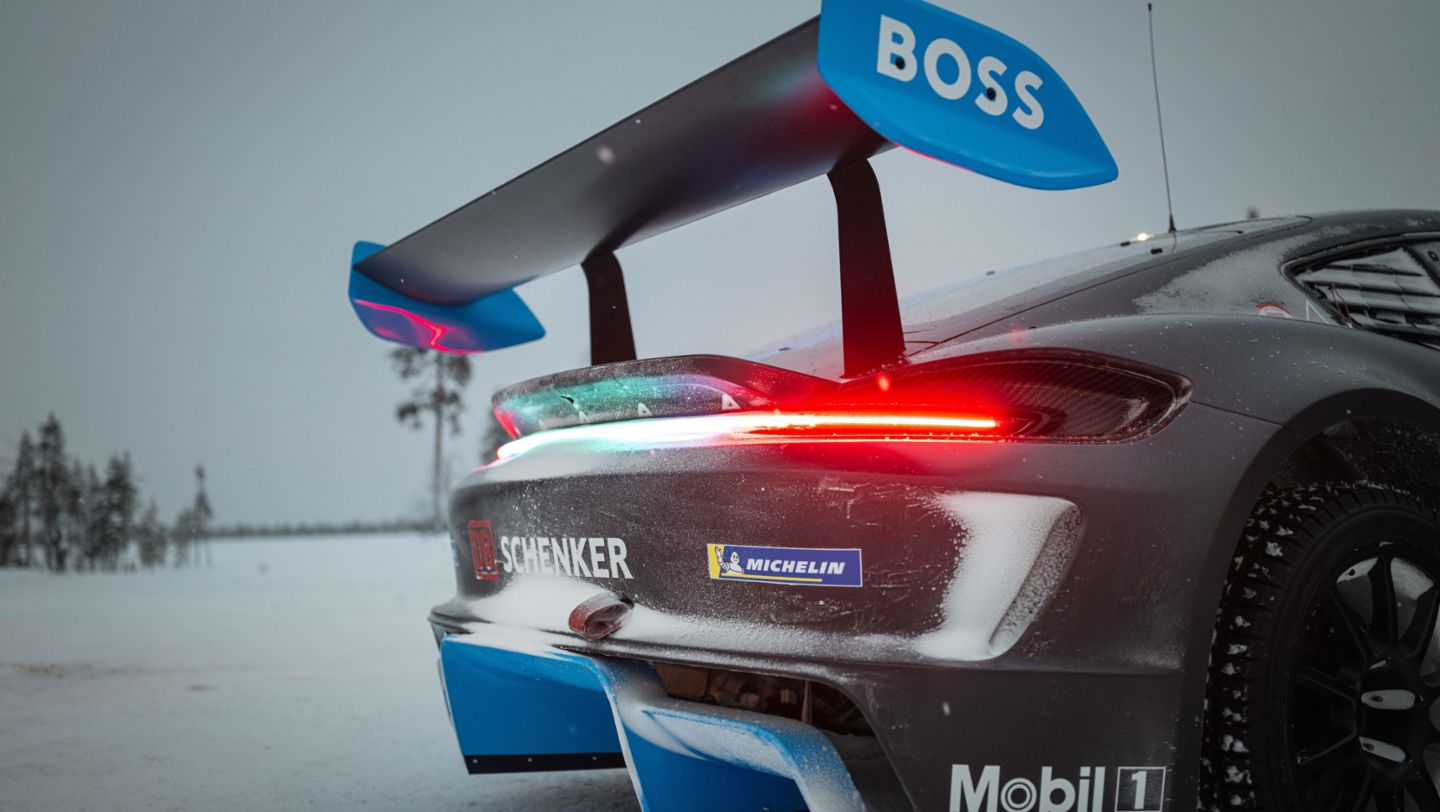
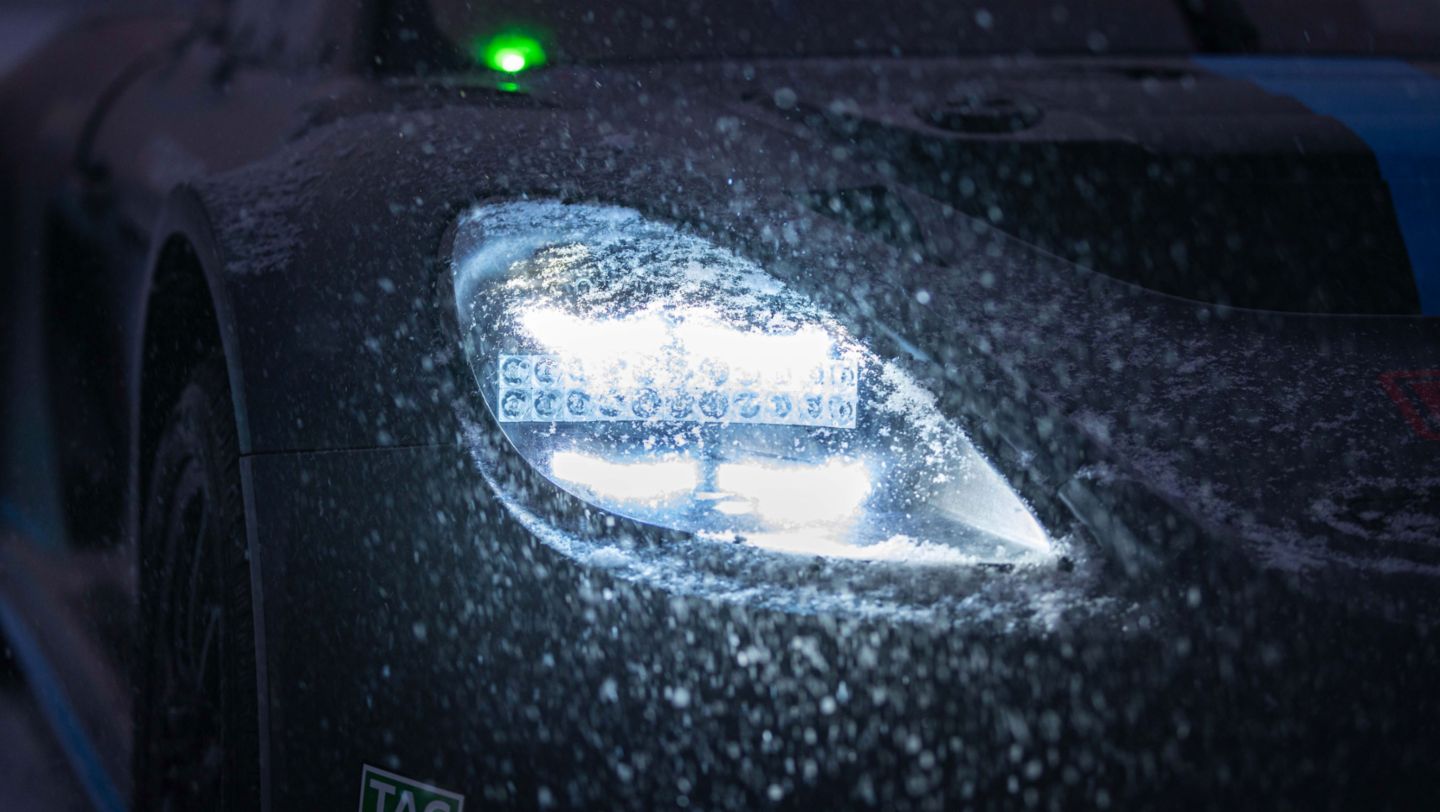

.jpg/jcr:content/Porsche-Levi-GT4-i-Performance_RG23_0137-(1).jpg)
